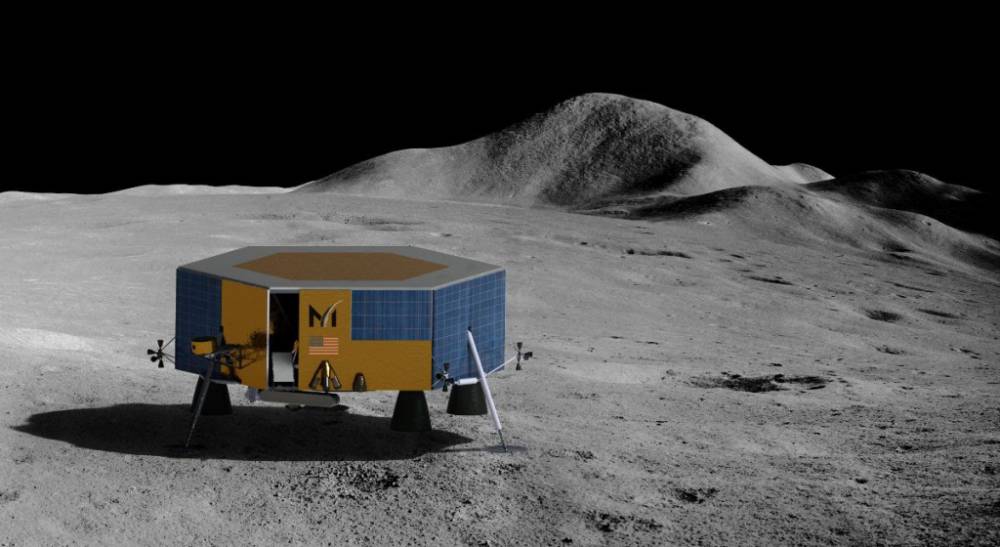
Masten Space Systems Is Developing A Moon-based GPS-like Network
Masten Space Systems is developing a moon-based GPS-like network
Masten Space Systems, a startup aiming to send a lander to the moon in 2023, is developing a lunar navigation and positioning system similar to that used on Earth.
Masten is developing the prototype as part of a contract with the Air Force Research Laboratory's AFWERX program. Once deployed, it will be the first off-world navigation system of its kind.
Until now, spacecraft bound for the moon have been required to carry equipment onboard to detect hazards and aid in navigation. To some extent, it makes sense that there has never been a shared navigation network established: Humans have landed on the moon only a few times, and while there have been numerous uncrewed landings, lunar missions have not been particularly common.
However, as the cost of reaching orbit and beyond has decreased significantly, owing in part to innovations in launch technology by companies such as SpaceX, space is likely to become much busier. Numerous private companies and national space agencies have concentrated their efforts on the moon. One of them is Masten: NASA selected it to deliver commercial and private payloads to a site near the lunar south pole's Haworth Crater. This mission, which was originally scheduled for December 2022, has been rescheduled for November 2023.
Other entities are also interested in traveling to the moon. NASA is one of them, with its Artemis program, which will send two astronauts to the moon in 2024. These missions are likely to increase in frequency over the next few decades, making a common navigation network an even greater necessity.
“Because the moon, unlike Earth, lacks GPS, lunar spacecraft and orbital assets operate in the dark,” Masten's vice president of research and development Matthew Kuhns explained in a statement.
The system will operate in the following manner: spacecraft will deploy position, navigation, and timing (PNT) beacons on the lunar surface. The PNT beacons will enable the establishment of a surface-based network that broadcasts a radio signal, enabling spacecraft and other orbital assets to communicate wirelessly for navigation, timing, and location tracking.
In Conclusion
Phase I of the project has already been completed, with the completion of the concept design for the PNT beacons. The engineering challenge will be greatest during Phase II, when Masten develops the PNT beacons. They must withstand the harsh lunar environment, which is why Masten is collaborating with defense and technology company Leidos to develop shock-resistant beacon enclosures. The second phase is scheduled to be completed in 2023.
“By establishing a shared navigation network on the moon, we can significantly reduce the cost of spacecraft, increase payload capacity, and improve landing accuracy near the moon's most resource-rich regions,” Kuhns explained.

